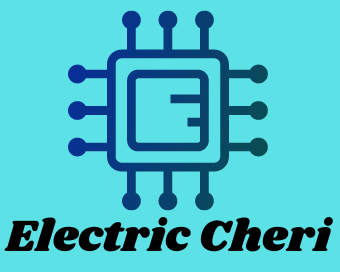Introduction
The rollout of 5G technology is one of the most anticipated advancements in the tech industry. Promising faster speeds, lower latency, and greater connectivity, 5G has the potential to revolutionize how we interact with technology. In this blog, we delve into what 5G is, how it works, and its implications for various sectors.
What is 5G?
5G, or fifth-generation wireless technology, represents the latest evolution in mobile networks. It follows the previous generations (4G, 3G, etc.) and is designed to provide significantly higher data speeds, reduced latency, and increased capacity compared to its predecessors.
Key Features of 5G
- Enhanced Speed and Bandwidth: 5G networks offer download speeds up to 100 times faster than 4G, enabling quick and seamless data transfers. This increased bandwidth supports the growing demand for high-definition content and real-time applications.
- Low Latency: One of the standout features of 5G is its low latency, or the time it takes for data to travel from the source to the destination. 5G reduces latency to as low as 1 millisecond, which is crucial for applications requiring instant feedback, such as autonomous vehicles and remote surgeries.
- Increased Connectivity: 5G supports a higher density of connected devices, making it ideal for the Internet of Things (IoT). This enhanced connectivity will enable smart cities, where everything from traffic lights to waste management systems can communicate seamlessly.
Impact on Various Sectors
- Healthcare: 5G technology can transform healthcare by enabling telemedicine with real-time video consultations and remote monitoring of patients. Surgeons can perform complex procedures remotely with minimal latency, improving access to specialized care.
- Transportation: Autonomous vehicles rely on fast and reliable communication to navigate safely. 5G’s low latency and high speed are critical for real-time data exchange between vehicles and infrastructure, enhancing road safety and efficiency.
- Entertainment and Media: The entertainment industry will benefit from 5G’s high speeds and low latency, enabling streaming of 4K and 8K content with minimal buffering. Virtual reality (VR) and augmented reality (AR) experiences will also be enhanced, providing immersive and interactive entertainment.
Challenges and Considerations
Despite its potential, 5G technology faces challenges such as infrastructure costs, spectrum allocation, and health concerns related to increased radiofrequency exposure. Addressing these challenges is essential for the successful deployment and adoption of 5G.
Conclusion
5G technology promises to usher in a new era of connectivity, transforming industries and enhancing our daily lives. As 5G networks continue to expand, staying informed about their capabilities and potential impacts will be crucial for individuals and businesses alike.

